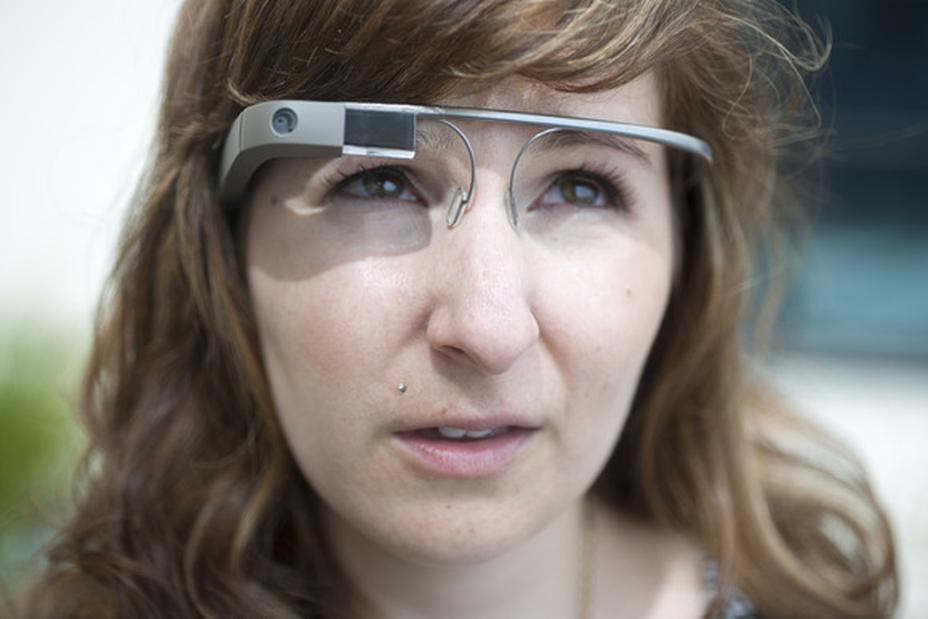Bitcoin driving huge electricity demand, environmental impact
In a normal year, demand for electric power in Chelan County grows by perhaps 4 megawatts — enough for around 2,250 homes — as new residents arrive and as businesses start or expand. But since January 2017, as Bitcoin enthusiasts bid up the price of the currency, eager miners have requested a staggering 210 megawatts for mines they want to build in Chelan County. That’s nearly as much as the county and its 73,000 residents were already using. And because it is a public utility, the PUD staff is obligated to consider every request.
The scale of some new requests is mind-boggling. Until recently, the largest mines in Chelan County used five megawatts or less. In the past six months, by contrast, miners have requested loads of 50 megawatts and, in several cases, 100 megawatts. By comparison, a fruit warehouse uses around 2.5 megawatts.

